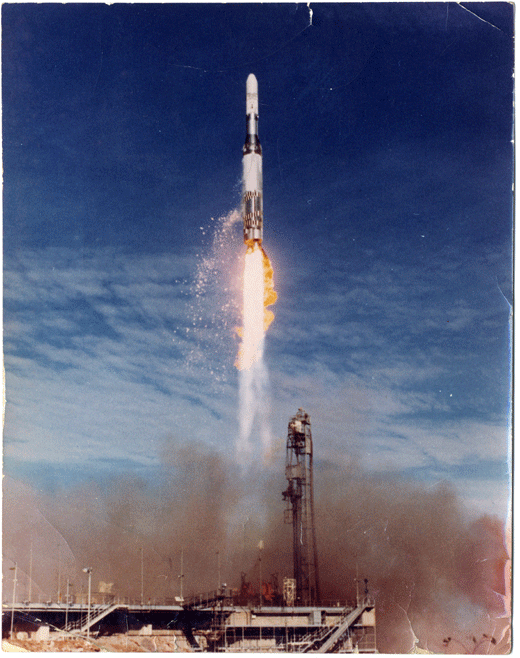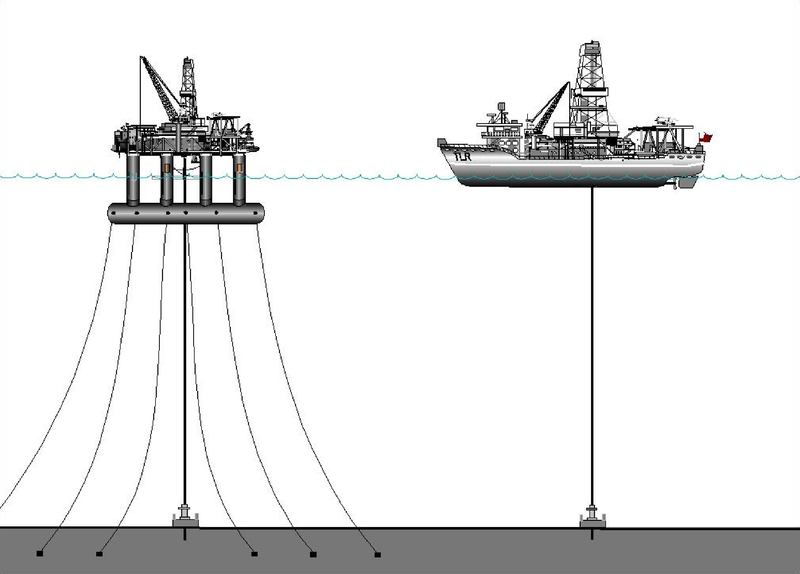If there was potential thought about something of this manner why not an Oil rig system like Sea Launch uses today rather than a Catamaran?
There's a clear advantage to a platform one can move.
And a clear advantage to one that is stable, not wobbling around in the waves, which I imagine favors a fixed rig!
I'd think it might be hard to find a good, lower-latitude launch location where the water is shallow enough for a rig to work. There's quite a lot of continental shelf off the British Isles to the west, but not I think far enough west to give Europe safety in case of eastward launches, and the edge of the shelf tends northwest toward Greenland IIRC, so to edge westward they'd have to go north too. OK for polar launches, but many of the things one wants to do want tropical or equatorial orbits.
Kourou is really hard to beat for a European launch consortium! I appreciate wanting Australia involved but it's literally the other side of the world; only if the Aussies were putting up serious funds and deeply committed would it make sense for a Europe-based project to persist there. It makes more sense for the Ozzies to team up with Japan, Singapore, Taiwan, Indonesia, Malaysia and that lot than to be Europe's spaceport.
Of course in a thread positing a European consortium, I see little reason to stop there and wonder why it shouldn't include these potential East Asian partners?
Then again the OP asks for the joint program to date back to the immediate post-war period and the very beginnings of European cooperation, and in those days none of these "Asian Tigers" were serious partners in anything technological; it wouldn't be realistic to invite them in until the 1970s. But that's about when the European program did shift OTL from Australia to French Guiana as a launch site, so maybe a two stage deal--the Europeans start the program, develop the Australian launch site, then with Kourou being brought on line and the Europeans focusing operations there, the East Asian nations are invited in one by one, starting with Japan, to continue to use and develop the Australian site; the British split their efforts between the two sites.
So the total scheme is--an ocean-based northern site in the North Atlantic, conceivably on Iceland, for polar launches; Kourou for equatorial launches, Woomera for tropical middle inclination launches (notably for Lunar and Solar system exploration), experimental launches (to exploit the ease of crash investigation noted above) and East Asian projects, all under one international organization that is largely split between European and Asian wings, with the British and Australians straddling the divide. Rather than go to Iceland for polar launches, the eastern wing might develop another launch site in southern Tasmania or on the south coast of New Zealand, and if Woomera is not quite equatorial enough I daresay some Indonesian island might do.
Hmm, at that rate, this global body might just split into two, a European and Asian one, especially if the Europeans can access Cape Canaveral for some intermediate inclination launches; otherwise they might develop something in Brazil or the Caribbean.

